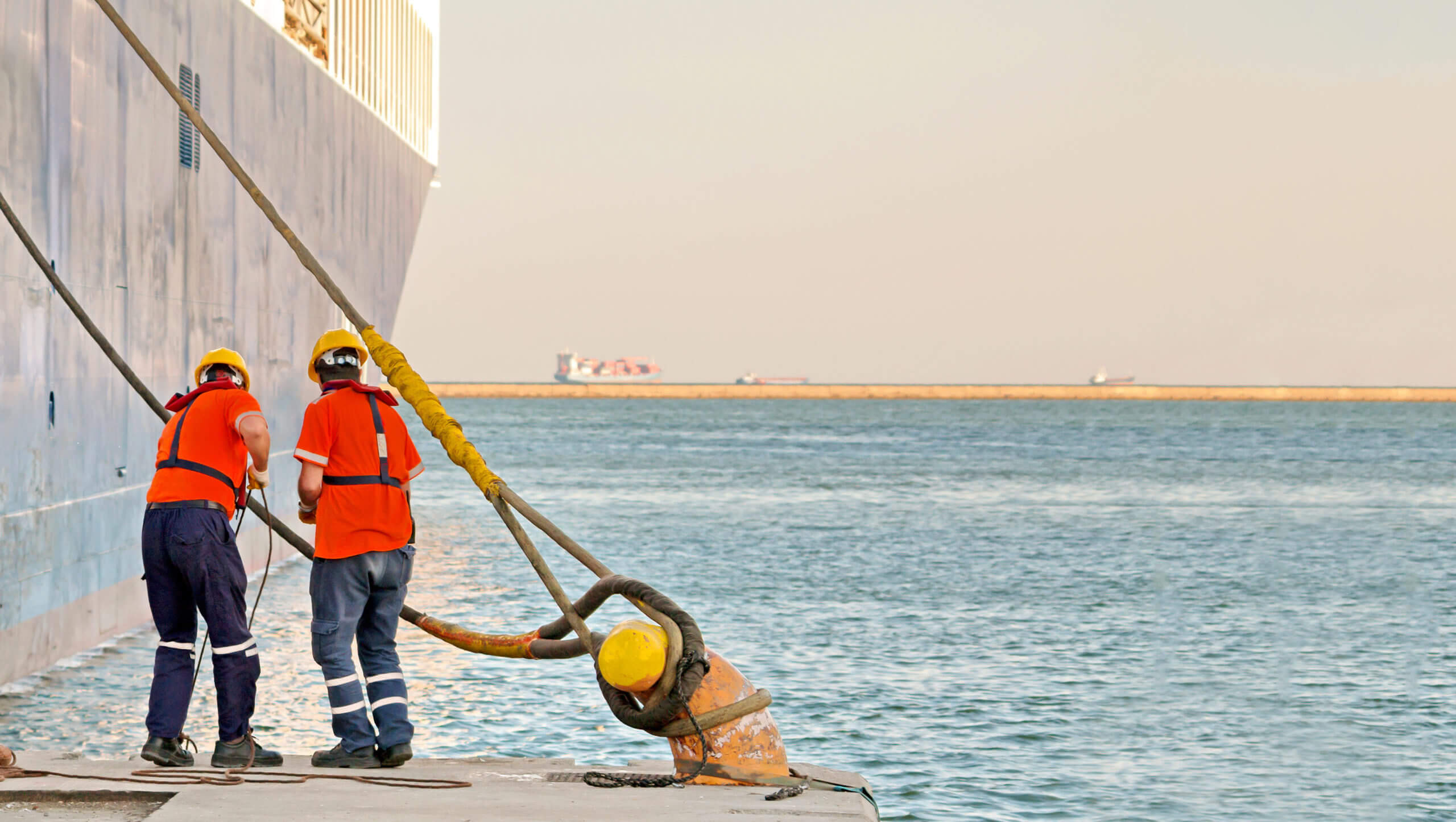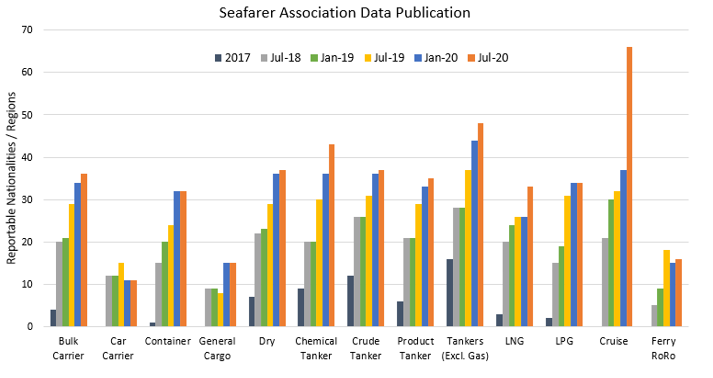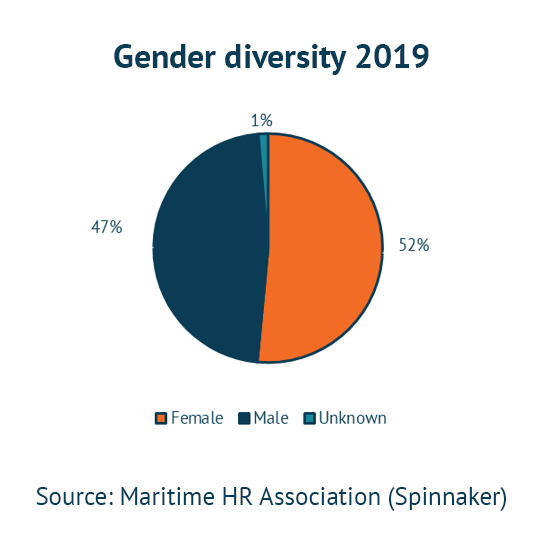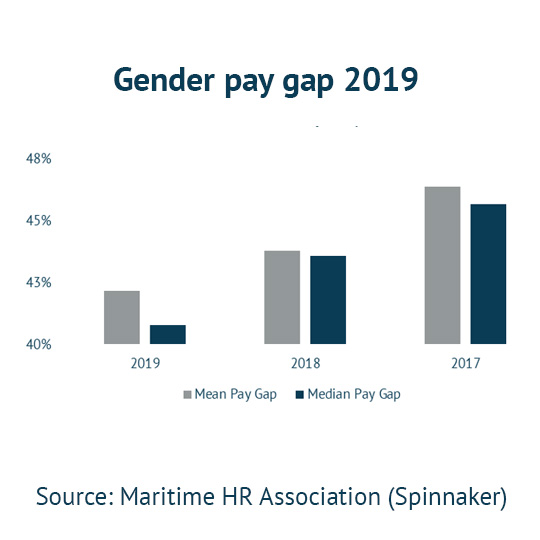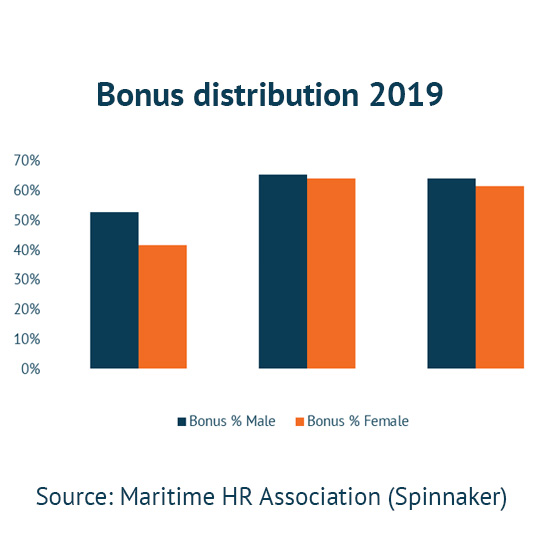Commercial operations staff in 2020
Spinnaker gathered salary data for nearly 3,000 commercial operations staff globally in 2020 and having recently published the annual Maritime HR Association salary reports the team’s attention has turned to the more in-depth market analysis reports. Highlights from a review of the Commercial Operations job family found:
A reduction in team size
The average size of operations teams has reduced this year, most noticeably at the professional ‘Commercial Operator’ level. Staff reductions designed to generate savings often hit hard at this level first, but whether this will need to continue up the hierarchy in 2021 remains to be seen.
A ‘typical’ company is now reporting 3 x Operations Managers, 6 x Senior Operators / Assistant Managers, 9 x Operators and 7 x Operation Assistants for every Head of Operations role. That’s 1 less Senior Operator, 3 fewer Operators and 1 less trainee level role per department than was reported in 2019.
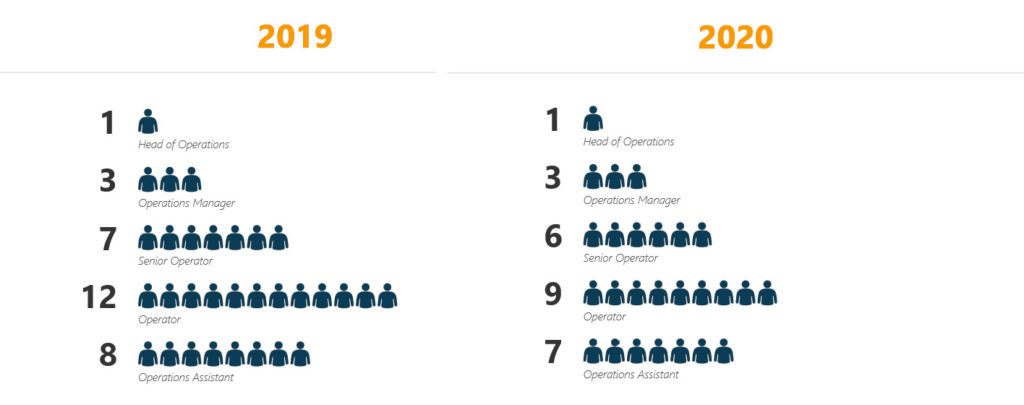
Stable salaries
The US continues to offer the highest base salaries by location, and the tanker industry by vessel type. Where sufficient data was available, oil major and commodity groups remained the highest payers of operations staff globally – particularly noticeable at professional level where salaries are, on average, more than double those paid by shipmanagers.
Inconsistent bonuses
Last year’s bonus forecasts suggested a decrease in the number of bonus payments for commercial operations staff this year, so any reductions cannot be purely attributed to the effects of COVID. While the overall number of bonuses issued has actually remained largely consistent, the size of those bonuses has not. Norway has shown the most noticeable decrease, with zero median bonus payments at all reportable levels. In contrast, Denmark, has reported some of the largest increases in bonus pay.
Tanker bonuses have decreased across each job level, compared to dry bulk bonuses that have increased quite significantly for some. The overall results show tanker bonuses still generally outperforming those paid to dry bulk staff, but the levels are much more closely aligned this year.
If you would like to find out more by joining the Maritime HR Association, please get in touch via [email protected].








